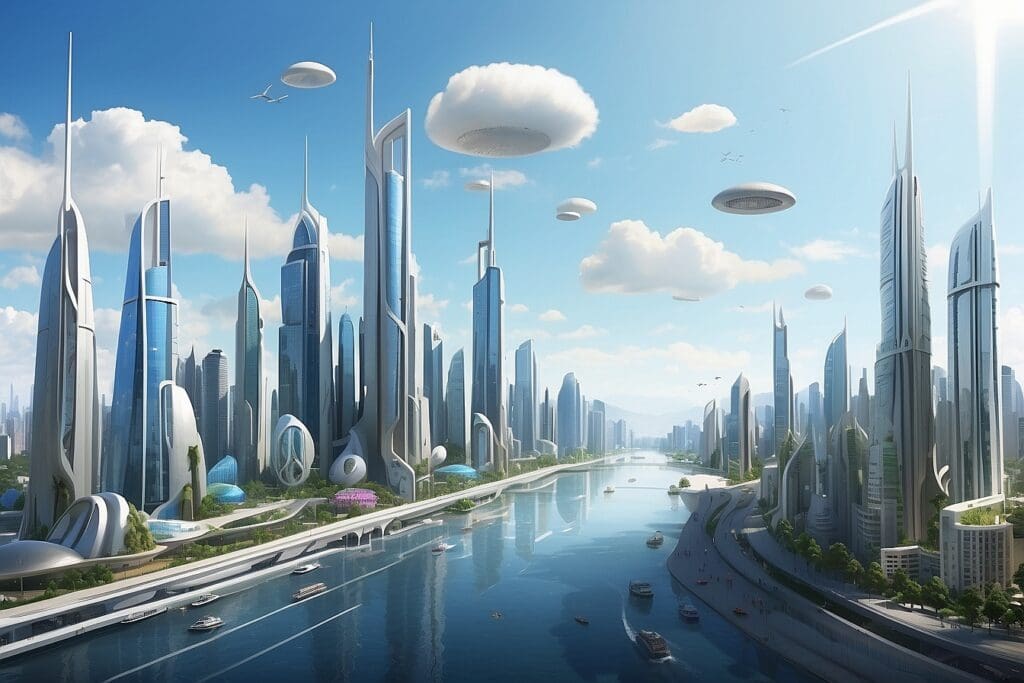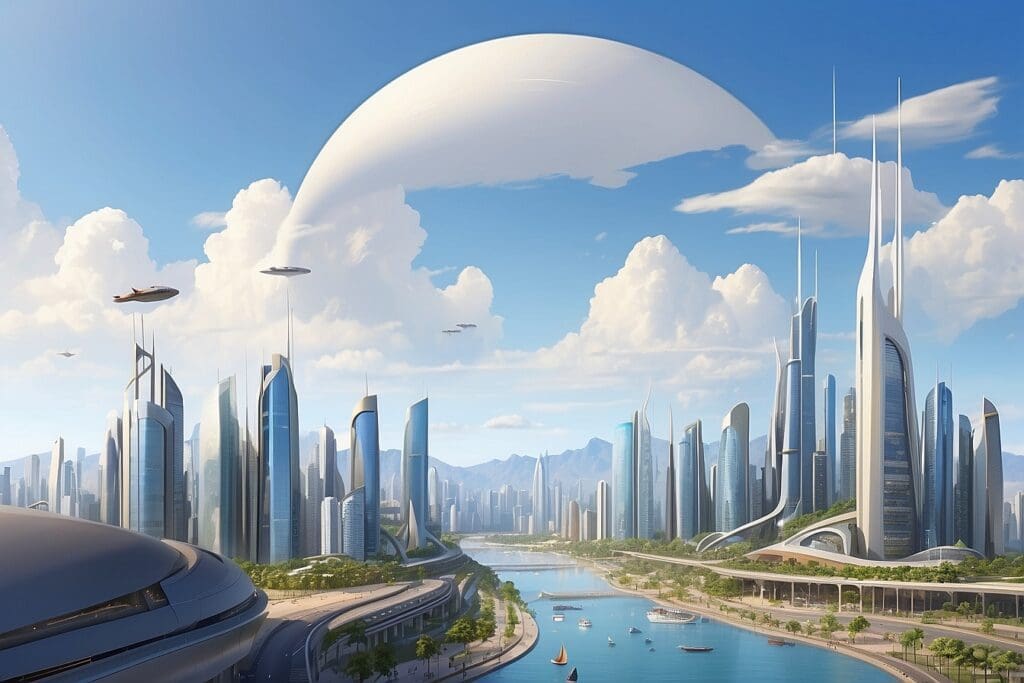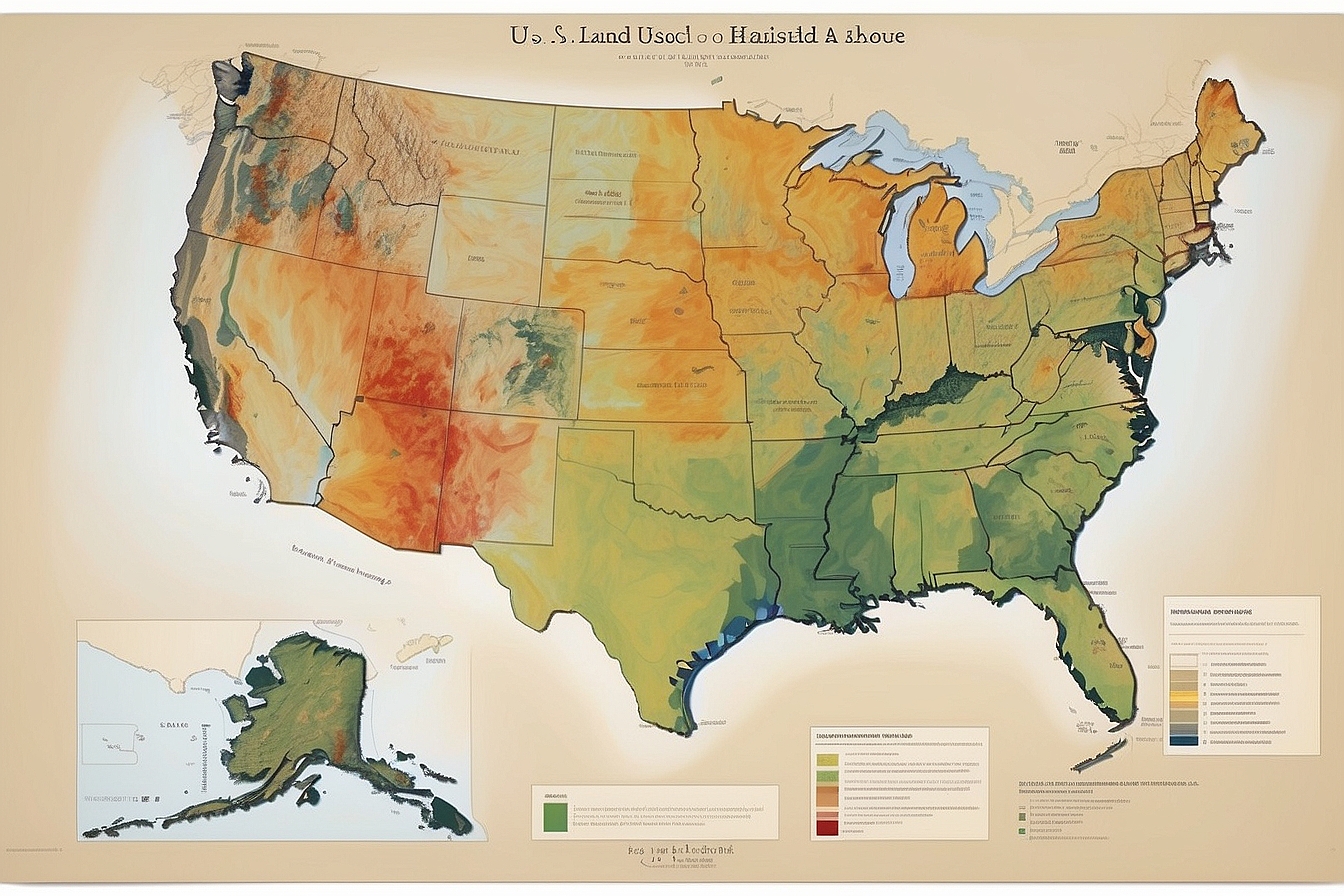It is estimated that by the year 2030 the world’s urban population will have increased by 2 billion people. In fact, between the years 2000 and 2010, Shanghai’s population alone increased by 65.6 percent! Judging from these statistics, it seems likely that our descendents will reside mostly in megacities, which are cities with a population of 10 million or more people.1 However, it is important to think about what urbanization’s impact on the health of our environment will be.
https://web.archive.org/web/20160404102949if_/http://www.youtube.com/embed/_o1eC9_X-l4 i
Causes of Urbanization
In the 1940s, China only had 69 cities. However, by 2007, China had 670 cities.i In the last 20 years, the percentage of China’s population living in cities rose from 20 to 50 percent.3 This trend is not just in China, it is occurring worldwide, but why? In the late 1800s and early 1900s, Europe and the United States went through a period of urbanization, meaning populations moved from rural areas to towns or cities. This lifestyle shift was largely due to improved farming technology, which minimized the need for farm laborers.4
In countries that are now rapidly developing, such as China, a similar lifestyle shift is occurring. People, particularly youth, are leaving the rural farm life behind in search of better job opportunities and social mobility. There is also a common belief that city life is easier and more exciting. Iam Thongdee, a professor at Mahidol University in Bangkok, spoke of Thai youth leaving the countryside for the city: “As young people flee the farms, the values and knowledge of rice farming and the countryside are fading, including the tradition of long kek, helping neighbors plant, harvest, or build a house.” Sudarat Khammon, a Thai farmer, had similar sentiments: “All they can do with their hands is use a cell phone.” 5 Thus, while urbanization can certainly open new doors to economic prosperity, traditional culture unfortunately often falls by the wayside.
Positive Impacts
While your gut reaction may be that urbanization is detrimental to the health of the environment, there are some benefits to a more urbanized world. First, urbanization can reduce a country’s ecological footprint. Cities rely heavily on service industries, which tend to pollute less than manufacturing industries. Since cities are dense, people do not need to travel as far to get to the supermarket or to their job. Having a car is often not feasible due to the lack of space and terrible traffic, meaning many city dwellers rely on public transportation, biking, or walking, all of which lower a person’s ecological footprint ![]() . Due to the dense population, environmentally friendly infrastructure, such as wastewater treatment plants, is also easier to construct and effectively implement.6
. Due to the dense population, environmentally friendly infrastructure, such as wastewater treatment plants, is also easier to construct and effectively implement.6
 ii
ii
Cities also tend to be the centers of innovation. In order to reverse, or at least halt, the environmental damage we’ve already done, we’re going to need as many innovators of new technologies, city plans, and government policies as we can get!7

Negative Impacts
Needless to say, urbanization only decreases our ecological footprint if managed properly. Urban sprawl—also referred to as ecosystem ![]() services.
services.
Researchers from KTH Royal Institute of Technology have devised a way to calculate in monetary value the loss of ecosystem services caused by urbanization. The researchers use synthetic aperture radar to capture satellite images of urban areas. From these images, the team determines which wetlands ![]() purifying water, or insects pollinating plants and crops.8
purifying water, or insects pollinating plants and crops.8
In addition to losing certain ecosystem services, cities cause the urban heat “island effect.” This phenomenon means a city with a population of 1 million people has, on average, an air temperature that is one to three degrees higher than that of the surrounding rural area. Urban heat islands are caused by heat being absorbed by cement and concrete. In the afternoon, city air temperatures can be as much as 12 degrees higher than the air temperature outside of the city. This substantial increase in air temperature leads to the need for air conditioning, and thus, higher air quality ![]() , causing higher rates of asthma.9
, causing higher rates of asthma.9
At the end of the day, with the rate that our world’s population is growing ![]() , urbanization is in all probability the most eco-friendly solution. However, cities have to be built in a way that promotes sustainability in order to protect the environment and all of its vital services that we depend on. Stay tuned for a follow-up article on important qualities cities need in order to be sustainable!
, urbanization is in all probability the most eco-friendly solution. However, cities have to be built in a way that promotes sustainability in order to protect the environment and all of its vital services that we depend on. Stay tuned for a follow-up article on important qualities cities need in order to be sustainable!





